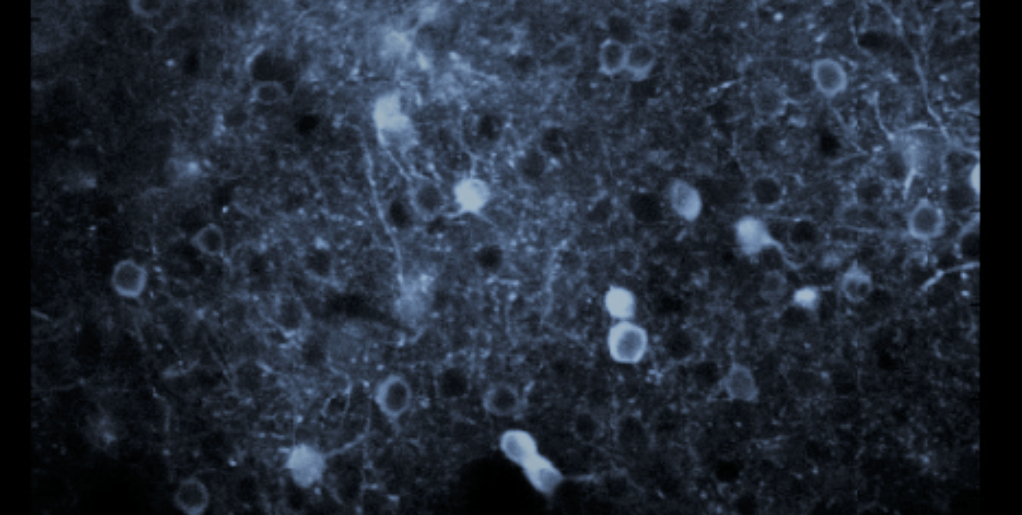Inhibitory interneurons of the visual cortex powerfully shape the responses of their target cells. As our knowledge of cortical inhibitory neuron types has grown, it has become clear that they participate in inhibitory as well as disinhibitory circuits, and are influenced by bottom-up as well as top-down inputs. The individual and collective responses of neurons in successive stages of cortical processing are also shaped by contextual influences, and are crucially modulated by task-dependent behavior. We aim to reveal mechanisms of excitatory-inhibitory interactions and their role in contextual modulation in visual cortex, using a range of approaches that include unique mouse lines, cell-specific targeted recordings, high-density 2-photon calcium imaging of 3–dimensional volumes, novel optogenetic probes and paradigms, and behavioral paradigms coupled with dissection of area-specific neuronal responses.
Alongside, we aim to define the role of neuromodulatory systems in response modulation by internal states such as attention and arousal, and their role in behavior. Crucial components of learned behavior are mediated by reinforcement learning. We have described the role of acetylcholine (ACh) in information representation and coding in visual cortex. We are currently studying the role of norepinephrine (NE) in information and action encoding and reinforcement learning. Specifically, we propose a new hypothesis of NE function, that spatiotemporal dynamics and modular circuits enable dissociated roles for NE in behavioral execution and reinforcement during learned behaviors.
These experiments involve novel technologies such as targeted recordings from identified neurons, imaging axonal activity in cortex, optogenetic and chemogenetic control of neuromodulatory systems, and accurate measurements of the timing and amplitude of neurotransmitter action. Many disorders and diseases of the brain involve dysfunction in neurotransmitter regulation, and these studies are foundational for revealing the relevant mechanisms.
